
After a day or so of enjoying our last bit of time in Spartia, swimming in crystal clear waters, having a watermelon mojito, and dining again at our favorite restaurant, we rounded the bend to Argostoli to make final preparations for our longest sail of the season to Malta. As both forecasts and the weather itself changes frequently this time of year, we wound up spending well over a week waiting for our weather window. We didn’t exactly suffer while waiting.
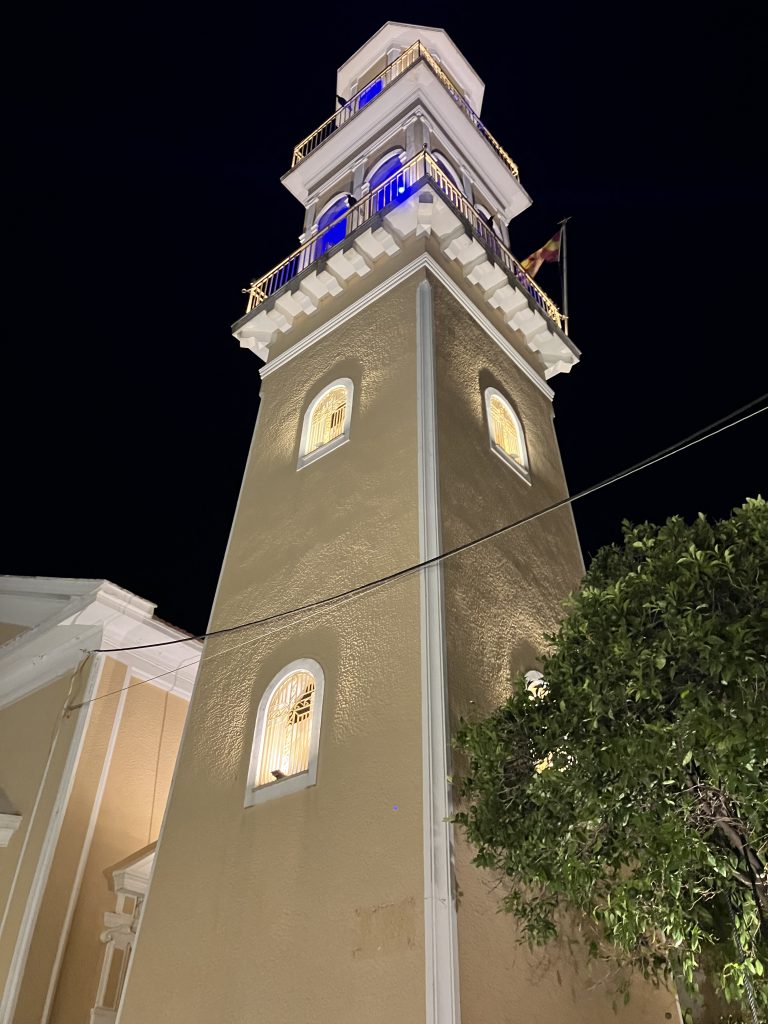
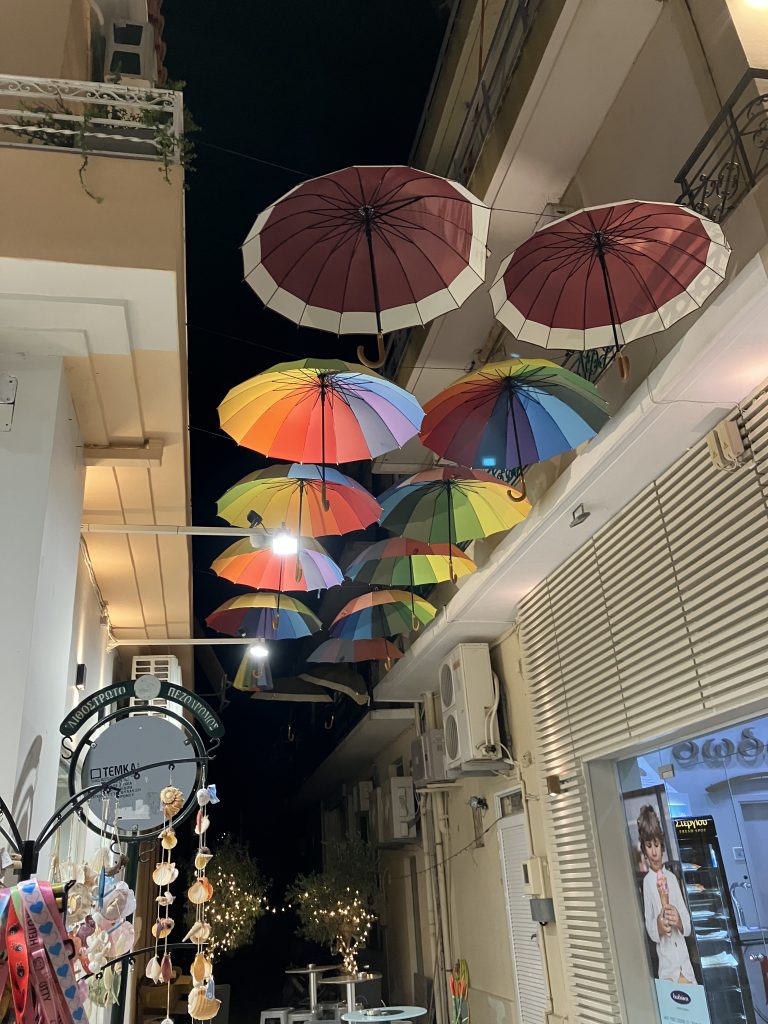
The end of August still brings festivals to Greece, and we happened to be in town one night when a local dance and music troupe came through. I confess I can’t remember which saint they were honoring, but it was wonderful to watch them parade through the streets and stop to perform.

We were still running into friends from Porto Montenegro even at the end of the season. Tim and Heidi on Calaine came through on their way south, and Holger and Karin of s/v RiverCafe were in town for appointments in between their busy season on the boat.

We watched the weather every day and waited. And waited. We connected with another OCC boat, s/v Waya Waya, and tentatively made plans to cross at the same time (us from Argostoli, them from Pylos). There were several days of pretty violent thunderstorms each night which made us glad we were still waiting.

Always looking for something to do, Trip went on a modern day archeological dig, and turned up…….a mountain bike. It had fallen into the water, most likely knocked over by strong winds one night during the storms. Today’s good deed.

Days later and we were done with water, fuel and provisioning, and had kind of exhausted exploring Argostoli. So we rented a car and went off to explore for a day. Our first stop was the Cyclopean walls of ancient Krani


Each block in the wall is so massive, it was thought that only a giant (ie. the Cyclops) would be capable of building such a thing. There’s over 2 kilometers of these walls, and it’s estimated that they date back to the 7th century BC, protecting the city of Krani that was the center of southern Kefalonia. There’s not much left of the town itself, but you can wander the walls and admire the ability to build such a thing.


After Krani, we drove to the other side of the island to Sami. On our way into town, we stopped at the Nautical Museum of Sami. Sotiris Marketos has been building ship models for decades, and has built himself a museum to show the different types of boats that have sailed the waters of Greece from ancient to modern times.
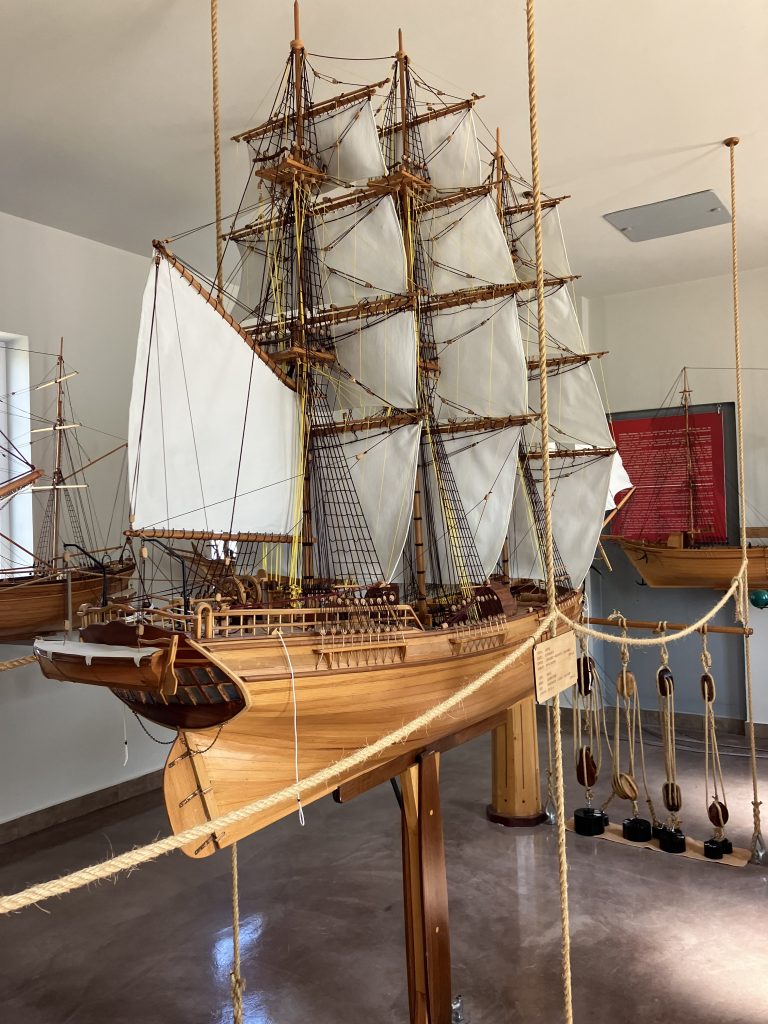

Each model takes him anywhere from 6 to 18 months to build. He takes great pride in each model, and we were lucky to have him as a personal tour guide.
After the museum tour, we drove through Sami and up into the hills, where we stopped at the Agrillia Monastary. The views of the water between Kefalonia and Ithaca were beautiful – you could picture scenes from the Odyssey playing out easily.


Lunch by the water was lovely as usual, and then we walked back into town to visit the Archeological Collection of Sami. The town has been continuously inhabited since the early Bronze Age (2600 BC) and they have artifacts from each period to illustrate it. Of course I loved seeing yet another bathtub, even if it wasn’t as well preserved as the one in Pylos.

The decorative pieces at the museum particularly caught our eye. Despite the earthquakes that had rocked the island, mosaics were still pretty much intact, and in a lot of cases shattered pieces were able to be reconstructed.
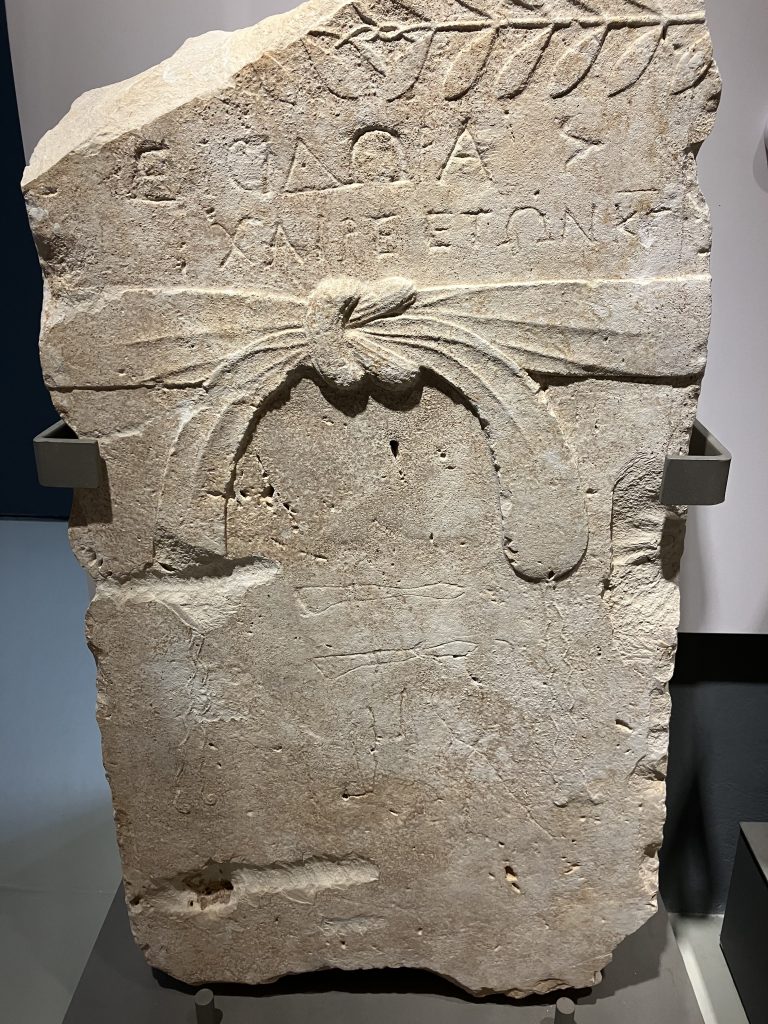

Despite everything we had already seen that day, we pressed on to take advantage of the car at our disposal. We drove down to see the Saint Gerasimos Monastery. The grounds are lovely, the church is massive, and we were lucky enough to arrive when the original church was opening again to view the reliquary (holds the remains of the saint himself).

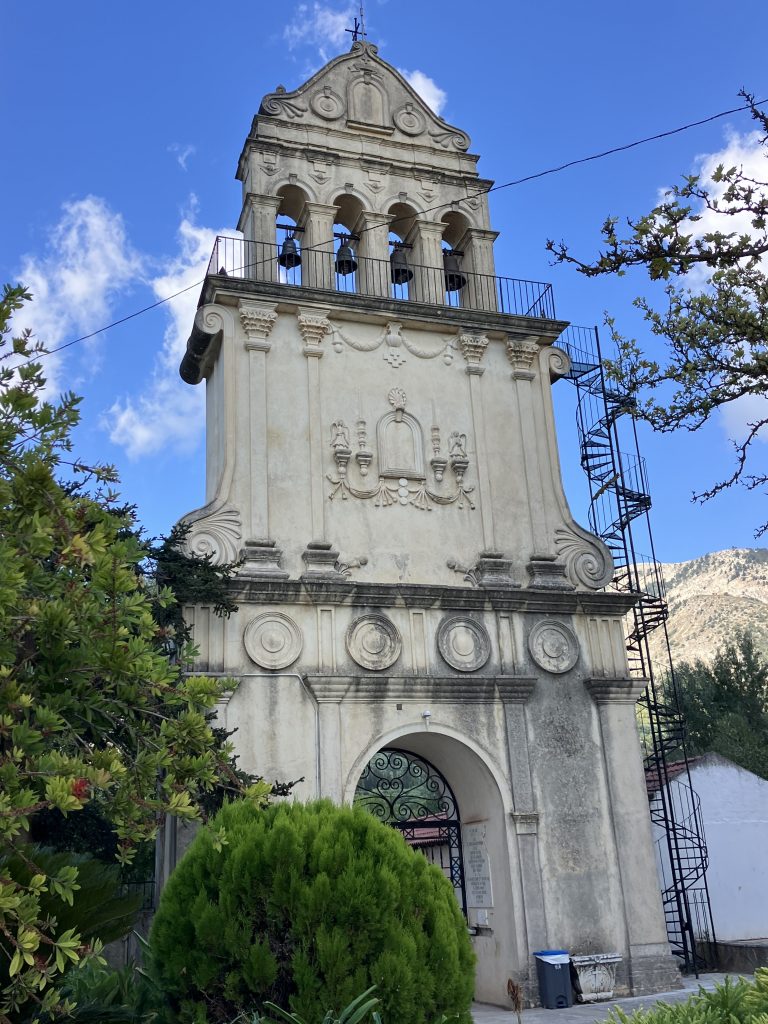
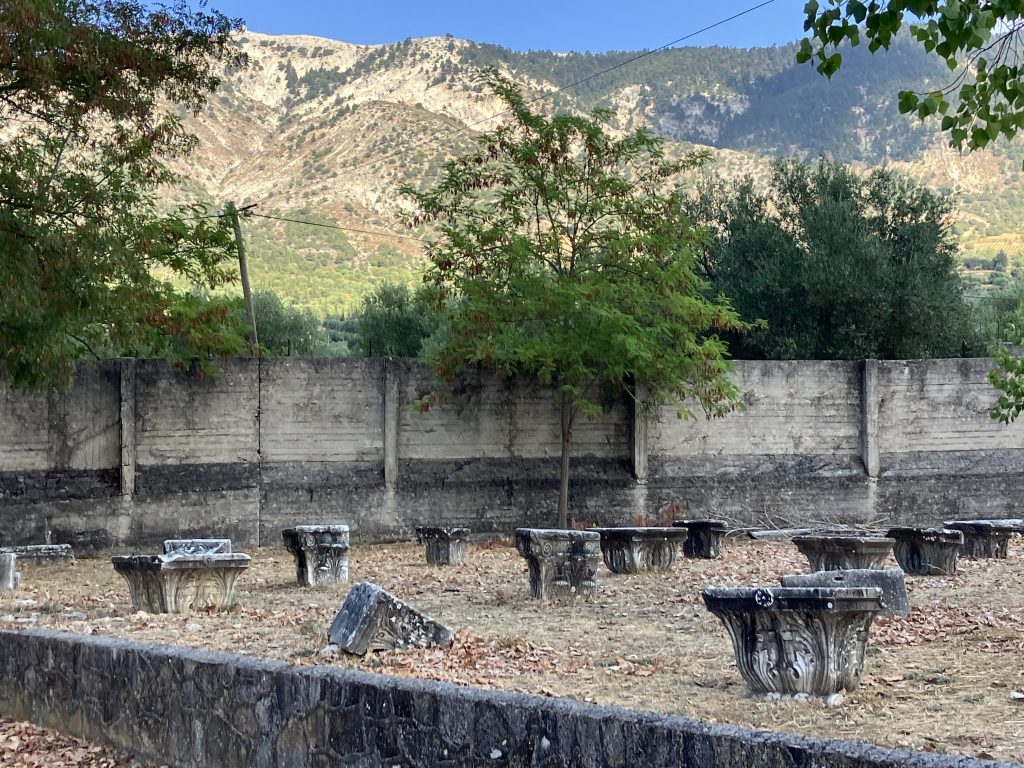
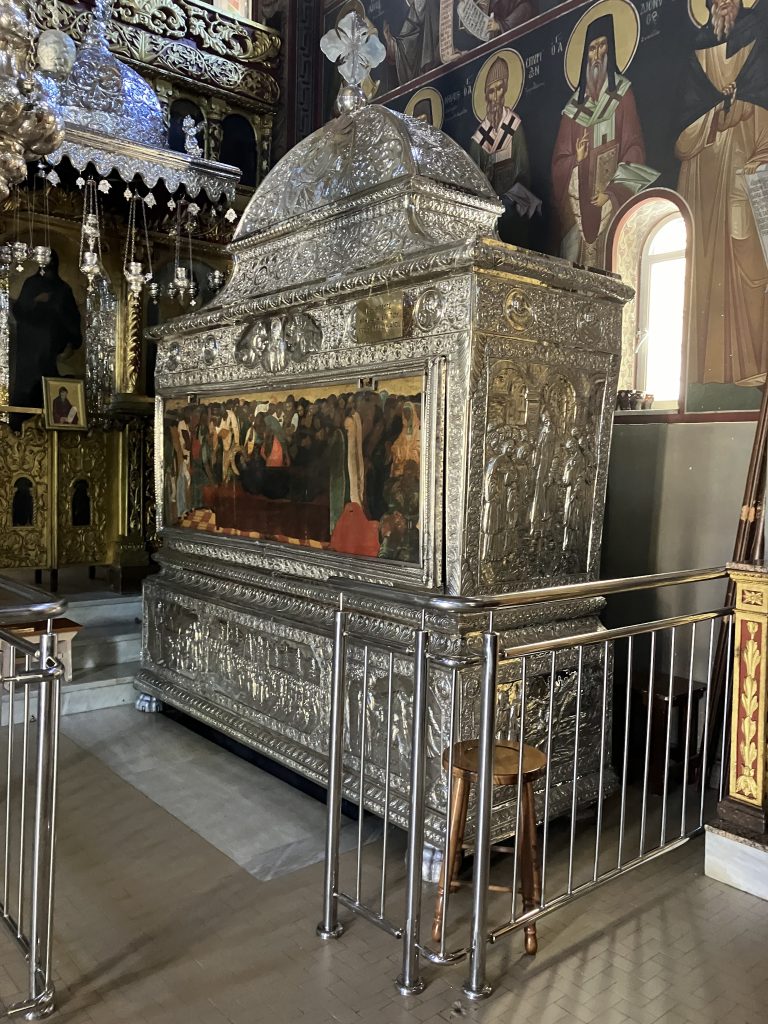
We then traced our way back up the hills to a spot that a shopkeeper had told us not to miss. Valsamata is one of the many villages that was evacuated after the earthquake in the 1950’s.


You can see how well made these buildings were, but you can also see how quickly nature moves to reclaim the space once abandoned.
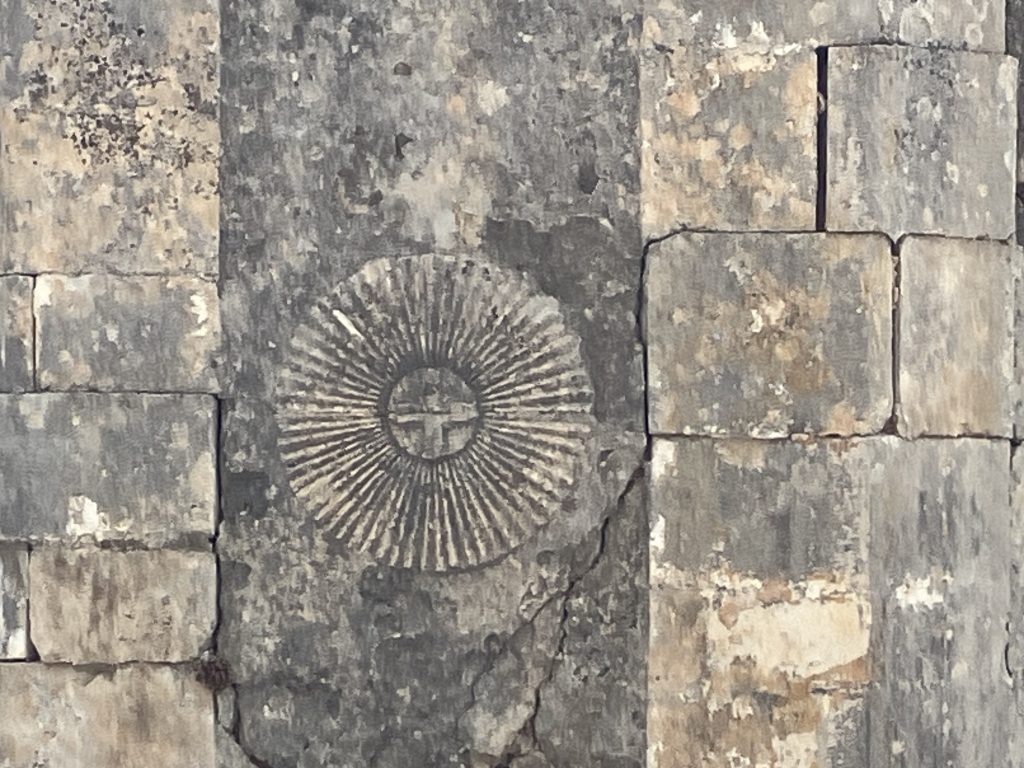
No one else was there at the time and we had the entire place to ourselves, looking through ruins and imagining what once might have been.
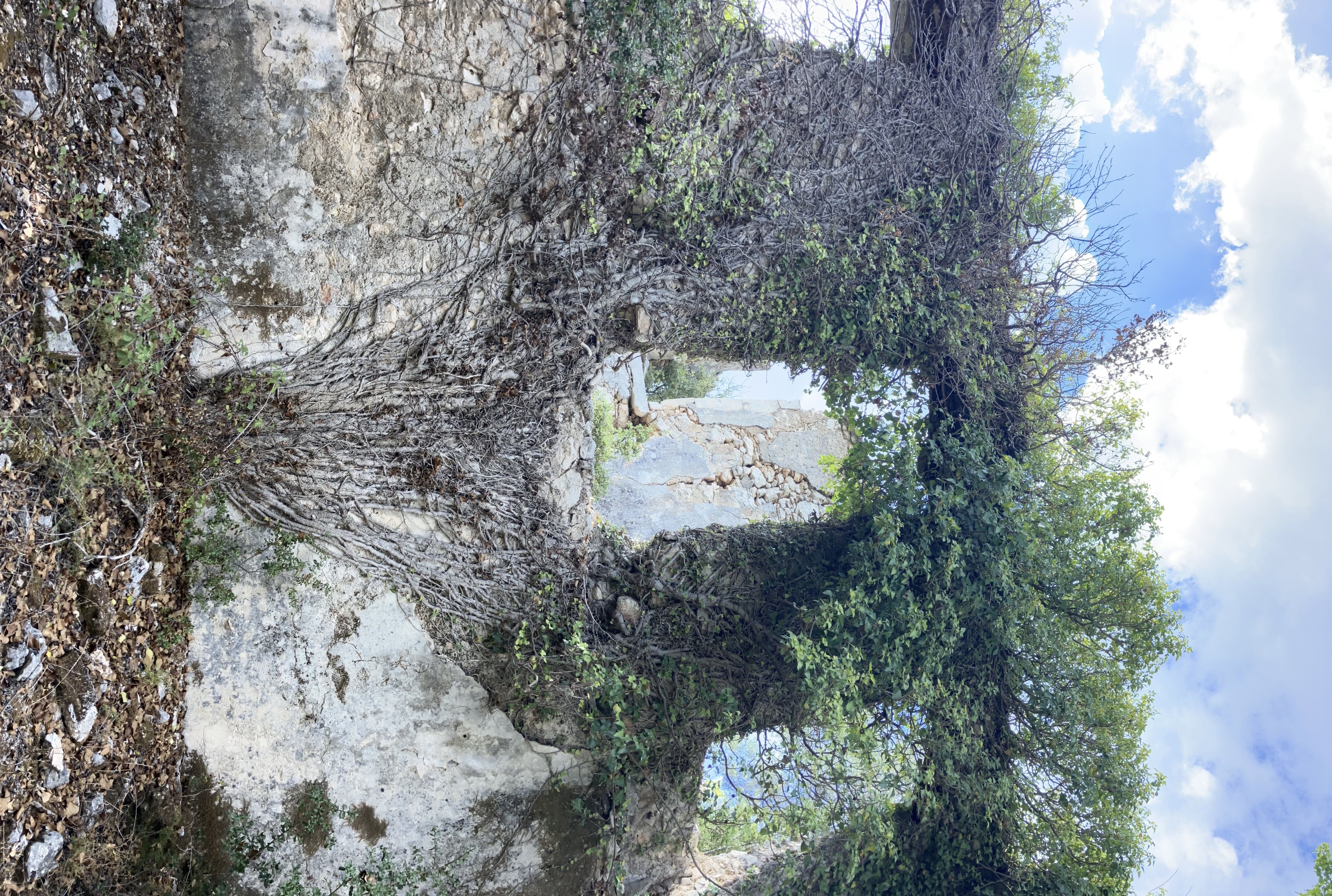
We still had a little bit of time left before returning the car, so we drove back toward Argostoli, but kept to the sea side. We stopped at Gradaki Beach, snagged a couple of chairs, and enjoyed the sunset with a couple of drinks and hot dogs for dinner. A perfect way to end a full day.



Recent Comments